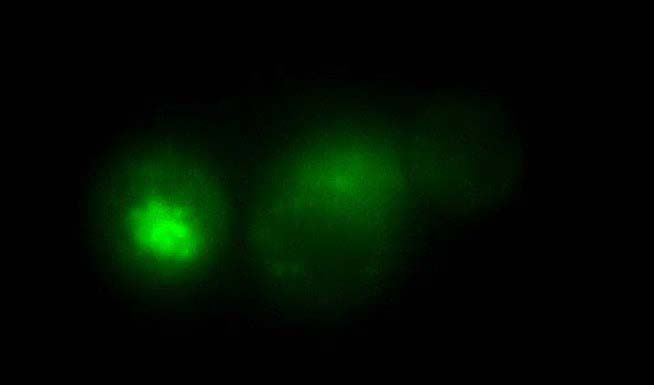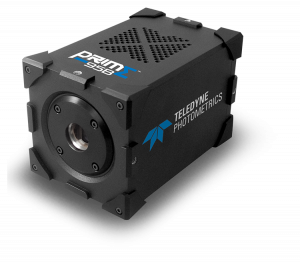Prof. Mark Leake
Professor Anniversary Chair of Biological Physics
University of York
Background
Prof. Leake founded and leads the Biological Physical Sciences Institute at the University of York, which brings together scientists researching the biomolecular interactions, biological modelling imaging and quantitation of complex data. His work targets a broad range of fundamental processes and open questions in biology, and has provided insight into topics such as the behavioural mechanics of the flagellar motor of bacteria, protein transport, DNA replication, repair and remodelling, signal transduction, gene regulation and oxidiative phosphorylation.

Challenge
Prof. Leake’s lab is at the forefront of developing new biophysical instrumentation to probe cells and biological specimens on a single-molecule level. Single-molecule imaging is a hugely powerful cutting-edge technique for examining fundamental processes and interactions in biological systems. However, the technique is also among the most demanding low-light imaging applications, as the fluorescent response from a single fluorophore is very low, and photobleaching must be avoided. Determining the precise quantity and localisation of single-molecule signals requires an excellent signal to noise ratio for the weakest of signals, while simultaneously delivering high spatial and temporal resolution.
Altogether, there is no better camera for cutting-edge single molecule microscopy than the Prime 95B Scientific CMOS
Solution
The Prime 95B Scientific CMOS camera uses back illumination to reach near-perfect quantum efficiency, which combined with low readout noise and large pixels, provides the sensitivity required for single-molecule fluorescence. “The Prime 95B combines the speed of a CMOS camera with sensitivity at or better than an EMCCD, allowing us to push single-molecule microscopy into larger specimens, imaging even faster phenomena than before,” Prof. Leake tells us.
“The camera is extremely easy to set up, with very few settings so you can get straight to imaging. It even includes its own programmable logic outputs which allow the 95B to control and synchronise with other components on the microscope. Altogether, there is no better camera for cutting-edge single-molecule microscopy than the Prime 95B Scientific CMOS.”

